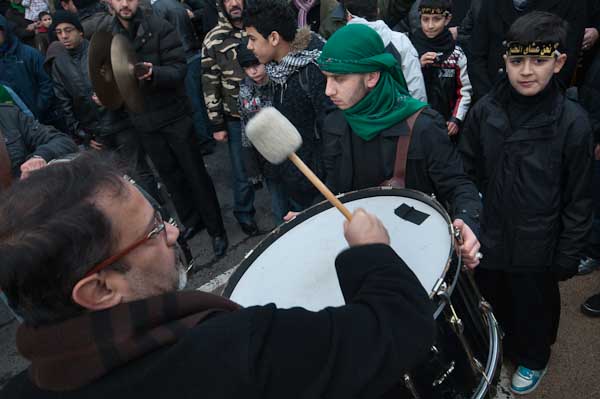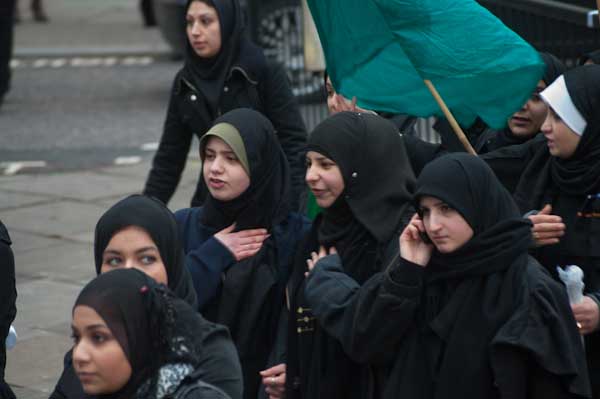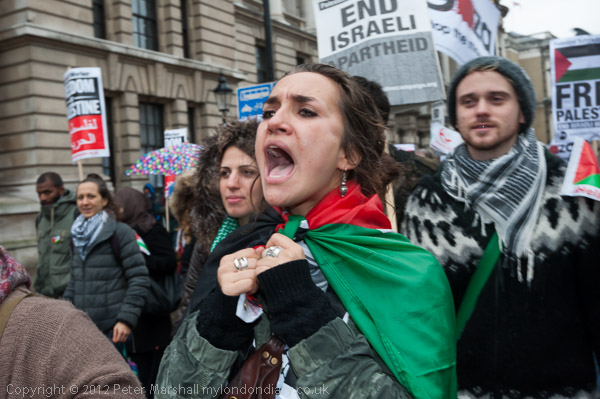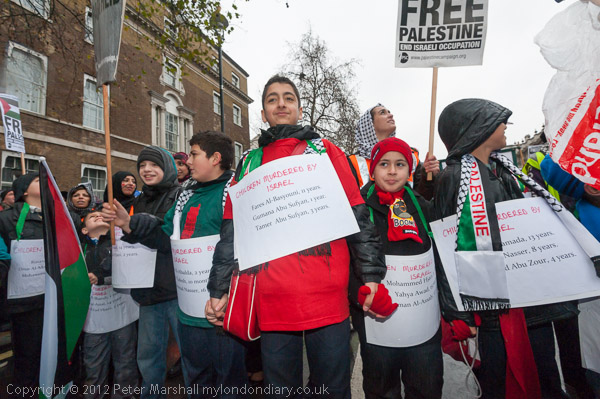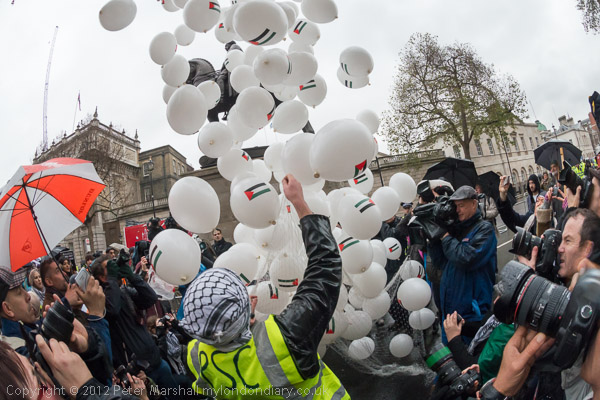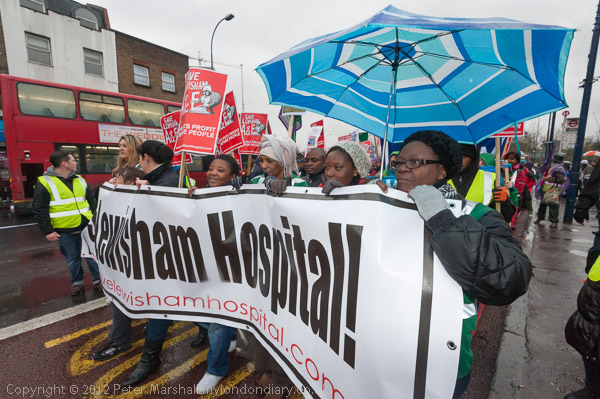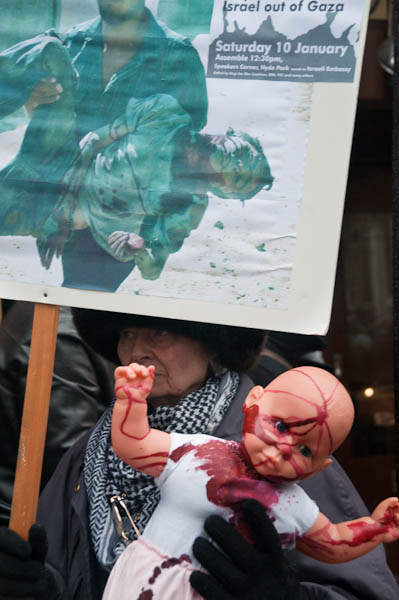Goodbye & Good Riddance 2023: My work in November was largely on protests over the continued genocide in Gaza where Israeli attacks were killing thousands of civilians including large numbers of children as they attempted to exterminate Hamas.
The killing continues and currently in January 2024 Wikipedia states “Over 22,000 Palestinians have been killed, a majority of them civilians, and thousands more are considered missing under the rubble of destroyed buildings.” Nearly all of Gaza’s 2.3 million population have been displaced and there is a severe humanitarian crisis with a shortage of food, medicines and safe water, with most of Gaza’s hospitals no longer able to operate. It now seems certain that many Gazans will die from famine and disease. The Israeli attack has quite unequivocally become a deliberate genocide.
Protests around the world have called for a ceasefire, and this is supported by the majority of countries in the world at the UN, but the killing continues with support for the Israeli offensive from the USA and UK and a few other countries.
While both Israel and the Palestinian resistance have committed war crimes, Israel is doing so on a huge industrial scale. Refugee camps and Hospitals have been deliberately targeted and many hospital staff are among the thousands of Palestinians detained in Israel. More journalists have already been killed in Gaza than the total number killed in six years of the Second World War and Israel has prevented the world’s press from reporting from Gaza and the parts of Israel which came under attack by Hamas and the other Palestinian groups.

Several thousands march from a rally at Lewisham Council Offices in Catford to a rally in the centre of Lewisham in one of many local protests around the UK in solidarity with Palestine calling for an immediate ceasefire and against the government support for Israel’s assault on Gaza. Later many went on to the central rally for a Gaza ceasefire in Trafalgar Square.
Peter Marshall

Many thousands packed Trafalgar Square and the surrounding streets for the largest rally there in living memory in solidarity with Palestine and against our government’s disgraceful support for Israel’s assault. The rally came after local protests around London and across the country observing a silence for those in Palestine and Israel already killed and calling for an immediate ceasefire with negations to free the hostages and towards a peace settlement in the area.
Peter Marshall

Hundreds of thousands march peacefully from Hyde Park to the US Embassy at Nine Elms on Armistice Day calling for an immediate ceasefire in the Middle East, where thousands of innocent civilians including many children have died both in the Hamas-led attack on Israel and in hugely punitive air attacks which have devastated large areas of Gaza.
Peter Marshall

Around two thousand fill the pavements at Chalk Farm station and march in solidarity to Camden Town and on to a rally outside the office of MPs Keir Starmer and Tulip Siddiq. Marchers expressed shock at killings of innocent civilians including children, doctors and patients, called for an immediate ceasefire in Gaza and were angry that Starmer had whipped Labour into voting against this.
Peter Marshall

Peter Marshall

Peter Marshall

A protest at Amazon’s HQ in London joined groups across the world in the Make Amazon Pay coalition striking, protesting, picketing, boycotting, and fighting for the rights of Amazon workers around the world against abuse and exploitation. Amazon dodge taxes, deny union recognition, refuses to pay fair wages and fails to ensure safe working conditions and their activities are wrecking the climate, threatening the future of human life on earth.
Peter Marshall

Two police officers walk in the protest. Hundreds of thousands marched again through London to call for ceasefire in the war on Gaza where millions of civilians still face attacks by Israeli forces. The current pause and hostage exchanges are welcome but do little to address the urgent humanitarian crisis and the killing is set to resume. The marchers call for a permanent ceasefire and for a political solution to bring peace and justice to Palestine under international law.
Peter Marshall

A large crowd of followers of Hizb ut-Tahrir Britain, men and women in separate groups, listened to speakers in front of the Egyptian Embassy calling for Muslims to rescue of Palestine from 75 years of occupation, brutal oppression, sieges, kidnapping and murder. They call on Muslims in armies in the region to join together to restore a just caliphate where people from all faiths can live together across the Middle East.
Peter Marshall
It was getting dark as I took pictures of the Egyptian Embassy and I was tired and feeling chilled by the speeches. I think I first photographed Hizb ut-Tahrir Britain around 20 years ago and have never felt welcome as I took pictures. But I also remember that I didn’t take them seriously when years ago they talked about ‘Muslim Armies’ – and then we saw the rise of ISIS and I realised how wrong I had been.
The final part of my looking back on 2023 will be online tomorrow.
Flickr – Facebook – My London Diary – Hull Photos – Lea Valley – Paris
London’s Industrial Heritage – London Photos
All photographs on this page are copyright © Peter Marshall.
Contact me to buy prints or licence to reproduce.









